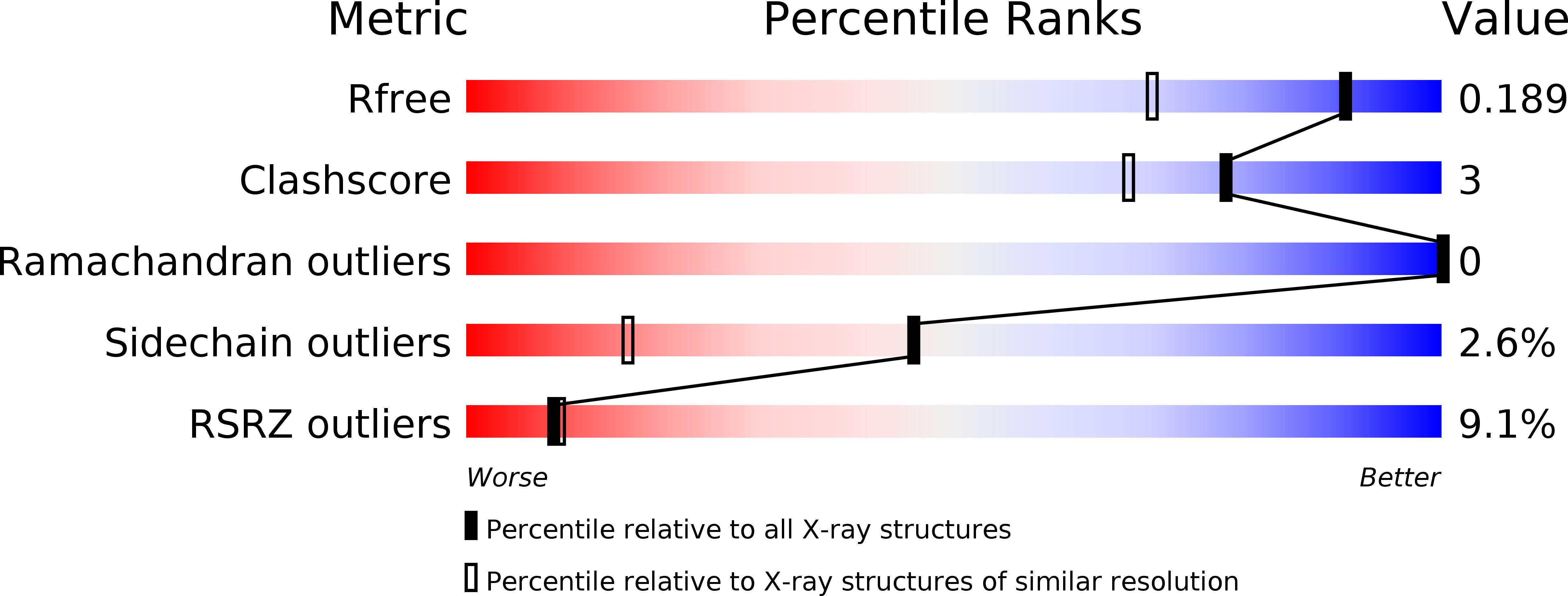
Deposition Date
2019-06-06
Release Date
2019-12-25
Last Version Date
2024-03-13
Entry Detail
Biological Source:
Source Organism:
Escherichia coli MS 115-1 (Taxon ID: 749537)
Host Organism:
Method Details:
Experimental Method:
Resolution:
1.50 Å
R-Value Free:
0.18
R-Value Work:
0.15
R-Value Observed:
0.15
Space Group:
P 32 2 1


